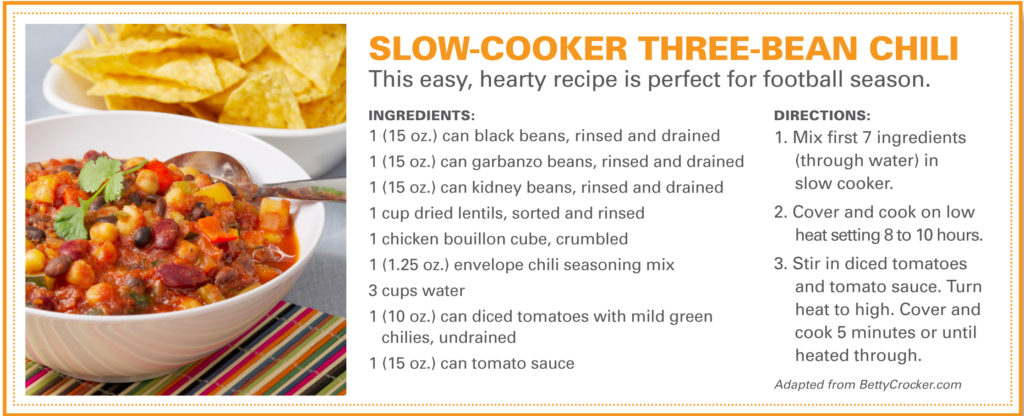In late 2015, the United Nations declared that 2016 would be the International Year of Pulses. No, not heartbeats—legumes. Specifically, the term “pulses” refers to legumes that are cultivated and dried in order to make food. Think beans, chickpeas, split peas and lentils. How did these humble staples of the grocery store dry goods aisle rise to veritable rock star status seemingly overnight? As with so many recent food and consumer trends, much of the credit goes to consumers’ increasing focus on the environment and sustainability.
Pulses, like most other plant-based foods, are easier on the environment to produce as compared to animal-based products, such as meat, poultry and milk. For example, it takes about 43 gallons of water to produce 1 pound of pulses—versus up to 1,800 gallons to produce 1 pound of meat. They also have a very low carbon footprint and “fix” their own nitrogen from the atmosphere, reducing the need for fertilizers.
Beyond being eco-friendly and sustainable, pulses are an inexpensive and healthy source of protein. They’re high in zinc, iron, vitamin B and dietary fiber, and low in fat and cholesterol. They’re also gluten-free. According to the U.S. Department of Agriculture, pulses share so many of the same characteristics of both vegetables and protein-based foods, they can be counted as either in your daily diet.
A number of CPGs are already jumping on the legume bandwagon, taking their offerings well beyond the canned and dried varieties. Walk the aisles of your local supermarket and you’re likely to find legume-based pastas and flours (common gluten-free alternatives), bean-based chips and granola bars, and roasted chickpeas in a variety of fun snack flavors like wasabi, chili-lime and yes, even chocolate. Go ahead and indulge a little. After all, they’re good for you—and the earth!


